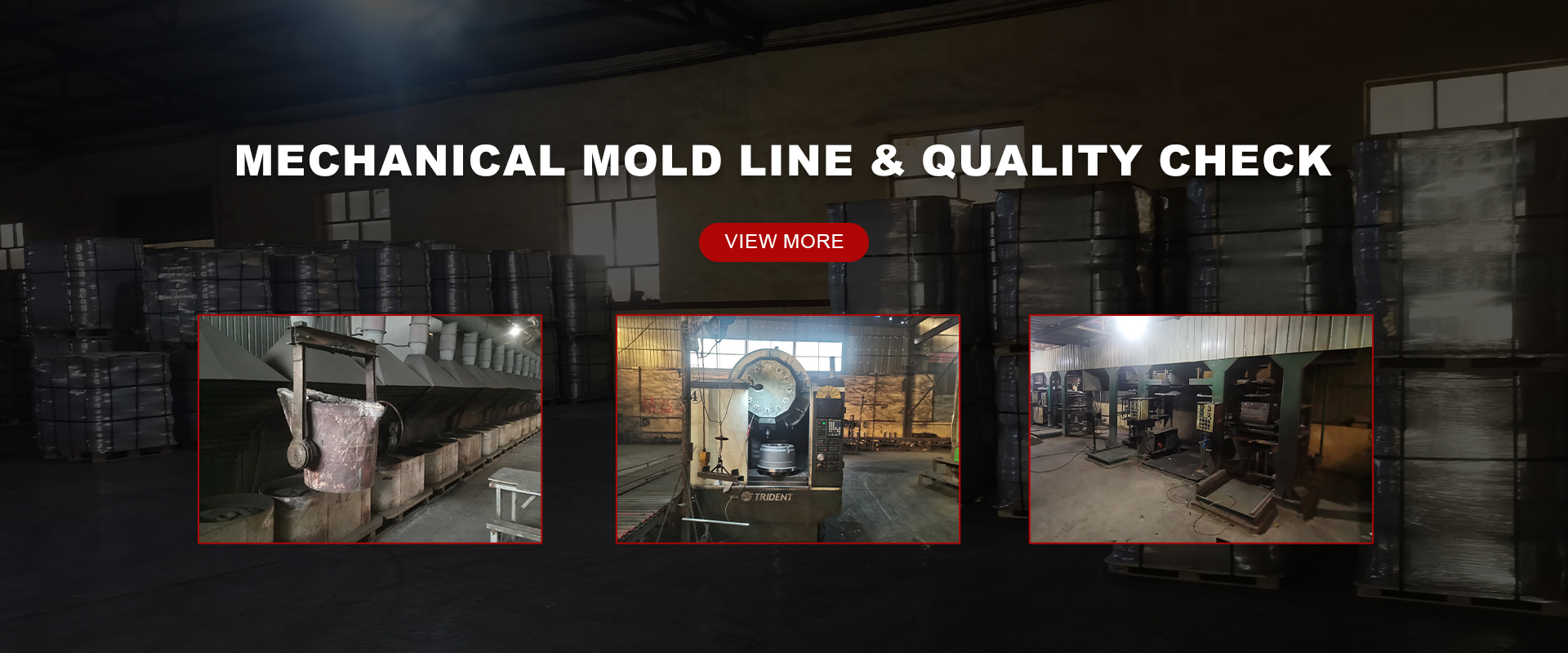okt . 19, 2024 10:14 Back to list
crane brake drum
Understanding Crane Brake Drums Importance, Functionality, and Maintenance
Crane systems are crucial components in various industrial applications, from construction sites to manufacturing plants. Among the essential elements that ensure safe and efficient crane operation is the brake system, specifically the brake drum. This article delves into the significance of crane brake drums, their functionality, and maintenance practices to enhance their performance and longevity.
The Importance of Crane Brake Drums
Crane brake drums play a vital role in controlling the movement of the crane's load. They are instrumental in stopping, holding, and controlling the descent of heavy loads, which makes them critical for ensuring safety on the job site. In cranes, brake drums work in conjunction with brake shoes and a braking mechanism to generate friction, effectively slowing down or halting the crane's movement. Given the heavy loads that cranes often handle, the brake system must be robust and reliable to prevent accidents that could lead to serious injuries or fatalities.
Moreover, brake drums must withstand the extreme conditions found in industrial environments, including exposure to dust, debris, and varying temperatures. As such, they are typically made from high-strength cast iron or other durable materials that can handle the stresses involved in heavy lifting operations.
How Crane Brake Drums Work
The operation of a crane brake drum is relatively straightforward but requires precise engineering. When the operator initiates braking, the brake shoes are activated to press against the inner surface of the brake drum. This friction is what slows down the rotational motion of the drum, thereby halting the movement of the crane's hook or load.
There are various types of braking systems used in cranes, including mechanical brakes, hydraulic brakes, and electromagnetic brakes. Each system may require different configurations and types of brake drums. For instance, hydraulic brakes may utilize larger or specialized brake drums to accommodate the fluid dynamics involved in their operation, while electromagnetic systems might use drums designed for specific electrical specifications.
Signs of Wear and Potential Issues
Like any machinery component, crane brake drums can experience wear and tear over time. Operators and maintenance personnel should regularly inspect brake drums for signs of damage or excessive wear, including
2. Uneven Wear Patterns If the wear is not uniform, it may suggest that the brake shoes aren't properly adjusted or aligned, which can lead to reduced braking efficiency.
crane brake drum

3. Overheating Signs Excessive heat can cause the brake drum to warp or become damaged, so monitoring operational temperature during use is crucial.
4. Noise During Operation Unusual sounds, such as grinding or squealing, can be an early warning sign that the brake drum or associated components may need attention.
Maintenance Practices
Proper maintenance of crane brake drums is essential to ensure optimal performance and safety. Here are some best practices
- Regular Inspections Perform routine checks to identify potential issues early. Brakes should be inspected according to the manufacturer’s recommendations or at least quarterly.
- Cleaning Keeping the brake drums free from debris and contaminants will prevent wear. Brake components should be cleaned using non-abrasive materials.
- Proper Alignment Ensure that the brake shoes are properly aligned with the brake drum to prevent uneven wear and reduce mechanical stress.
- Lubrication Apply the appropriate lubricant to moving parts of the brake system, but avoid over-lubrication, which can attract dirt and grime.
- Replacement It’s vital to replace brake drums at the first sign of significant wear or damage. Operators should not try to prolong the life of a failing component, as this can lead to safety hazards.
Conclusion
Crane brake drums are integral to ensuring the safe and efficient operation of crane systems. By understanding their role, functionality, and necessary maintenance practices, operators and maintenance professionals can enhance safety and reliability in heavy lifting operations. Regular inspections and timely replacements are essential to maintaining operational integrity and preventing accidents on the job site. By prioritizing brake drum care, industries can uphold the highest standards of safety in crane operation.
-
High-Quality Brake Drum MAZ – Durable Drum Brake Drum & Brake Drum and Brake Shoe Solutions
NewsJul.04,2025
-
Brake Drum Man - High-Quality Drum Brake Drums & Brake Shoes for Reliable Performance
NewsJun.24,2025
-
High-Quality Brake Drum Kamaz – Durable Drum Brake Drum & Brake Shoe Replacement
NewsJun.10,2025
-
High-Quality Brake Drum Liza for Drum Brake Systems - Superior Durability and Performance
NewsJun.10,2025
-
High-Quality Brake Drum Kamaz – Durable Drum Brake Drum & Brake Shoe Solutions
NewsJun.10,2025
-
Durable Kamaz Brake Drums High-Performance Truck Parts
NewsJun.09,2025
